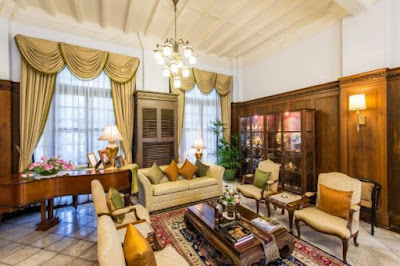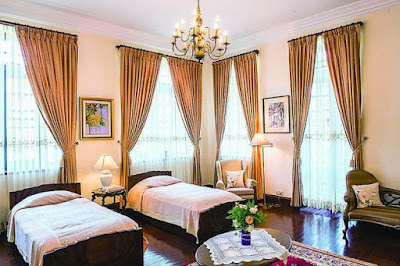Myanmar ranked highest among the world’s 20 fastest-growing travel destinations last year, according to the United Nations World Tourism Organization.
Myanmar Tourism Marketing, part of the Myanmar Tourism Federation, said the country enjoyed a year-on-year increase of 40.2 per cent in tourist numbers, followed by Puerto Rico at 31.2 per cent and Iran at 27.9 per cent.
“We need to keep this momentum going for many more years,” said May Myat Mon Win, Myanmar Tourism Marketing chairperson.
The government has introduced new regulations to facilitate easier access for tourists as a next step to opening up to the world.
Myanmar grants residents of Japan, South Korea, Hong Kong, Macau and some Southeast Asian countries visa-free entry.
People from India, the Chinese mainland, Australia, Austria, Czech Republic, Germany, Hungary, Italy, Luxembourg, New Zealand, Russia, Spain and Switzerland are granted visas on arrival.
Citizens of more than 100 countries are eligible for e-visas via evisa.moip.gov.mm and can expect approval within three days.
Myanmar Tourism Marketing will have its annual “Green Season” campaign for May through September with the support of hotels, airlines and tour operators.
Myanmar Tourism Marketing, part of the Myanmar Tourism Federation, said the country enjoyed a year-on-year increase of 40.2 per cent in tourist numbers, followed by Puerto Rico at 31.2 per cent and Iran at 27.9 per cent.
“We need to keep this momentum going for many more years,” said May Myat Mon Win, Myanmar Tourism Marketing chairperson.
The government has introduced new regulations to facilitate easier access for tourists as a next step to opening up to the world.
Myanmar grants residents of Japan, South Korea, Hong Kong, Macau and some Southeast Asian countries visa-free entry.
People from India, the Chinese mainland, Australia, Austria, Czech Republic, Germany, Hungary, Italy, Luxembourg, New Zealand, Russia, Spain and Switzerland are granted visas on arrival.
Citizens of more than 100 countries are eligible for e-visas via evisa.moip.gov.mm and can expect approval within three days.
Myanmar Tourism Marketing will have its annual “Green Season” campaign for May through September with the support of hotels, airlines and tour operators.
Fastest-growing travel destinations:
1. Myanmar 40.2 per cent
2. Puerto Rico 31.2
3. Iran 27.9
4. Uzbekistan 27.3
5. Montenegro 21.4
6. Egypt 21.1
7. Vietnam 16.2
8. The Philippines 15.1
9. Maldives 14.9
10. Bahamas 14.6
11. Qatar 14.5
12. Armenia 14.4
12. South Korea 14.4
13. Turkey 14
14. Bosnia and Herzegovina 13.7
15. Tunisia 13.6
16. Laos 11.5
17. Azerbaijan 11.4
18. Israel 10.5
19. Lithuania 10.1
20. Kazakhstan 10
1. Myanmar 40.2 per cent
2. Puerto Rico 31.2
3. Iran 27.9
4. Uzbekistan 27.3
5. Montenegro 21.4
6. Egypt 21.1
7. Vietnam 16.2
8. The Philippines 15.1
9. Maldives 14.9
10. Bahamas 14.6
11. Qatar 14.5
12. Armenia 14.4
12. South Korea 14.4
13. Turkey 14
14. Bosnia and Herzegovina 13.7
15. Tunisia 13.6
16. Laos 11.5
17. Azerbaijan 11.4
18. Israel 10.5
19. Lithuania 10.1
20. Kazakhstan 10
Source - TheNation

















